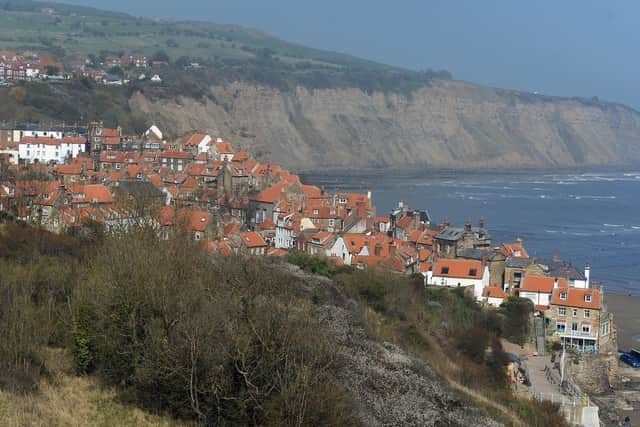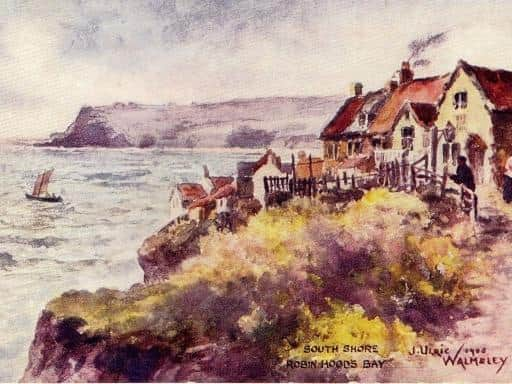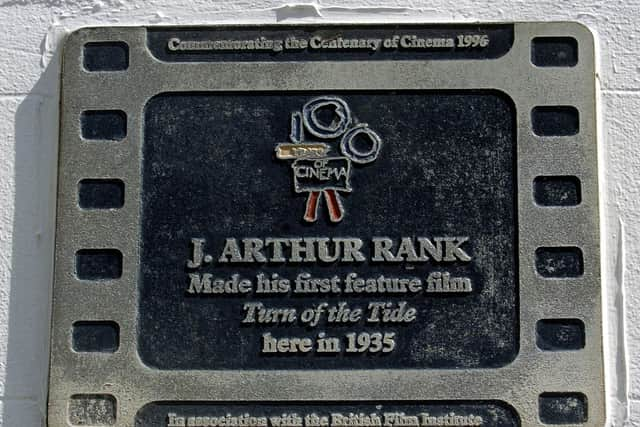Robin Hood's Bay coastal cottages to be protected from erosion in £859,000 Scarborough Council project
and live on Freeview channel 276
Some 170 cottages will eventually be protected from the ravages of the North Sea and coastal erosion for the next 100 years under the village’s seawall capital maintenance scheme.
The scheme has been pioneered by Scarborough Council in a partnership venture supported by the Environment Agency and Yorkshire Regional Flood and Coastal Committee, while Fylingdales parish council is investing £50,000.
Advertisement
Hide AdAdvertisement
Hide AdBetween 1780 and when the existing seawall was built in 1974, more than 200 properties were lost to the sea due to coastal erosion which threatened the very survival of the village, said Cllr Jane Mortimer, parish council chairman and Scarborough borough councillor for the area.


“It was vital that a scheme was drawn up and given approval because the protection of the lovely cottages and the safety of residents was paramount,” she said.
The cliff work is to be carried out on the highest part of the seawall, some 160 metres along and 14 metres in height.
The project has been split into five phases with the aim of increasing the life of the current coastal defences for an additional 50 years before a major new seawall needs to be built, says Scarborough Council engineers in a report. “The current seawall has out-performed its 50-year design life and is now in need of investment to prolong its life.”
Advertisement
Hide AdAdvertisement
Hide AdThe report adds: “A risk register has been used to define the risks used in an analysis of Monte Carlo. A simulation of it provided the distribution of overall potential risk value profiles for the project.”


Extensive studies have been carried out led by the borough council which has some 45 miles of coastline in its area. “The majority of the 40 properties better protected by the scheme are grade 2 listed and therefore have a national importance,” says the council.
Once a thriving fishing port, Robin Hood’s Bay today attracts more than 200,000 visitors in a normal year, making tourism the main source of its economy and employment.
For decades the quaint fishing village has been featured in calendars and chocolate box lids. A key part of its popularity is being on the national coast to coast walk and the Cleveland Way national trail.
Advertisement
Hide AdAdvertisement
Hide AdOne of its best known residents was the author Leo Walmsley whose book Three Fevers, set in Robin Hood’s Bay, which he renamed Bramblewick, was turned into J Arthur Rank’s first full length film, Turn of the Tide, in 1935.


Cllr Mortimer said: “The cliff scheme will give reassurance to many residents that their homes will be protected.
"The parish council has been in full support of the scheme which is why we have committed so much money to ensure the future of our lovely gem village can be safeguarded for future generations.”